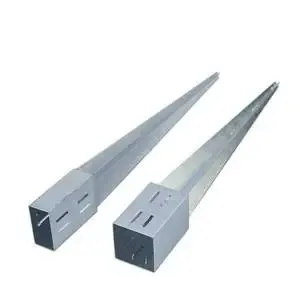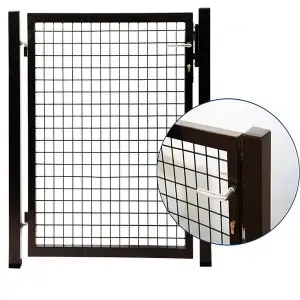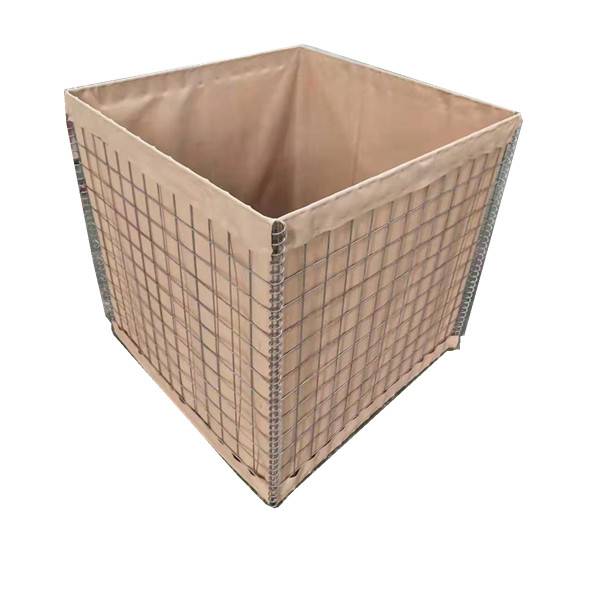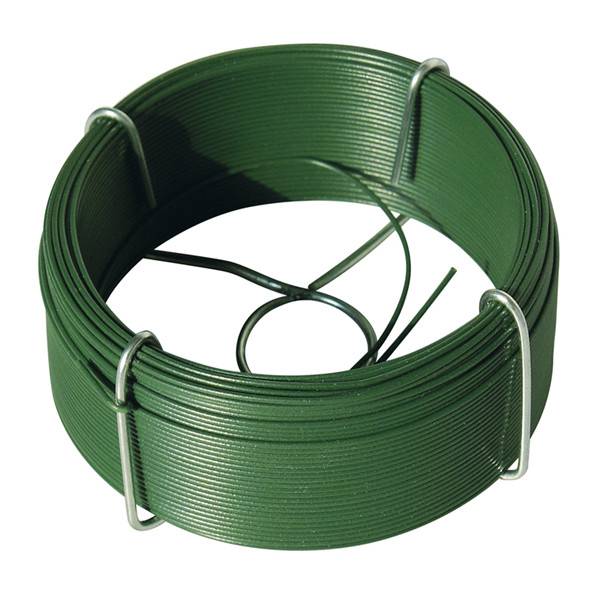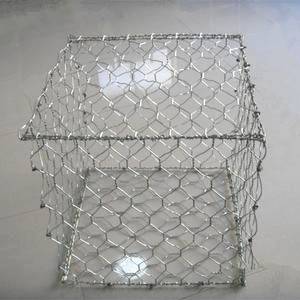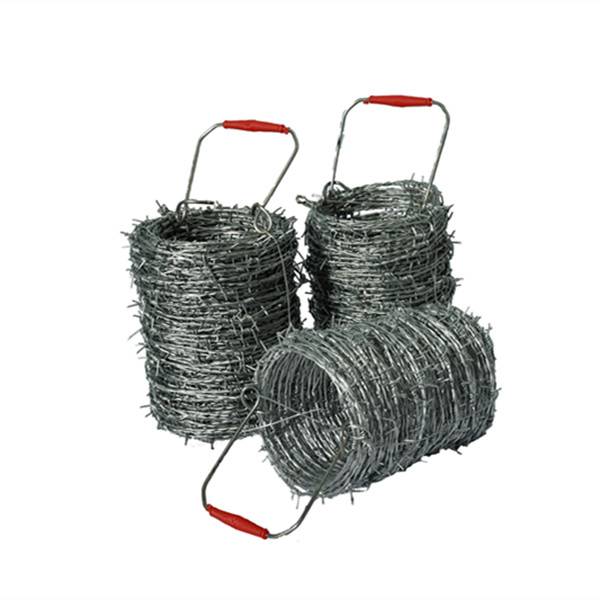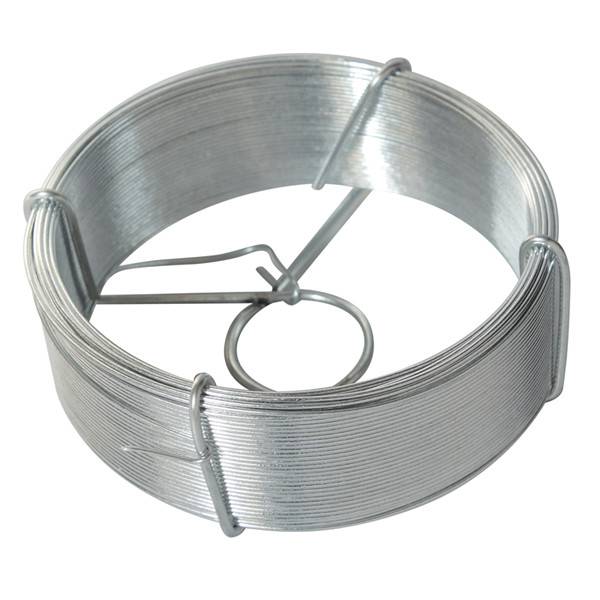
Dec . 03, 2024 14:50 Back to list
Different Types of Barbed Wire Fences for Various Applications
Understanding Barbed Wire Fence Types A Comprehensive Guide
Barbed wire fences have been a staple in agriculture, security, and property delineation since their invention in the 19th century. They provide an effective barrier against animals and intruders while remaining affordable and easy to maintain. With various types of barbed wire available on the market, it’s essential to understand their distinct features and applications to select the right one for your needs. In this article, we will explore the different types of barbed wire fences and their typical uses.
1. Standard Barbed Wire
The most common type of barbed wire is the standard barbed wire, which consists of two twisted strands with sharp barbs spaced evenly along the wire. This design emphasizes sturdiness and effectiveness in preventing animals from passing through. Standard barbed wire is typically used in agricultural settings to secure livestock and mark property lines. Its simplicity and affordability make it a popular choice among farmers and ranchers.
2. High-Tensile Barbed Wire
High-tensile barbed wire is made from stronger wires that can withstand greater tension without snapping or breaking. This type is designed to maintain its shape and strength over long stretches, making it ideal for large properties or extensive fencing needs. Farmers favor high-tensile barbed wire for its durability and resistance to sagging, which can occur with regular standard wire over time. It can be particularly useful in rough terrains and locations that experience harsh weather conditions.
3. Field Fence (Barbed Wire Variation)
Field fences typically combine horizontal wires with barbed wire at the top, creating a barrier that is effective for both livestock containment and crop protection. The lower sections have close spacing to limit the movement of smaller animals, while the barbed wire at the top prevents larger animals from entering. This type of fencing is commonly used in agricultural fields and can also provide a versatile solution for mixed-use properties.
4. Electric Barbed Wire Fencing
barbed wire fence types
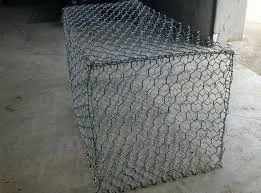
Electric barbed wire fencing opts for traditional barbed wire structures complemented by an electrified current. This innovative design serves as an added deterrent to potential intruders or wandering livestock, delivering a harmless but effective shock to anyone who attempts to breach the fence. Electric barbed wire fencing is commonly employed in security applications and large farms where advanced measures are necessary to protect valuable assets.
5. Chain Link with Barbed Wire Top
Another variation is the combination of chain link fencing topped with barbed wire. This setup provides a strong, sturdy barrier with enhanced security. While the chain link itself offers visibility and airflow, the barbed wire at the top acts as a deterrent against climbing or scaling the fence. This combination is favored in industrial sites, correctional facilities, and other high-security environments where maintaining a clear view is essential.
6. Poultry Netting with Barbed Wire
For those specifically concerned about poultry protection, the combination of poultry netting with barbed wire proves effective. Poultry netting consists of smaller mesh openings that restrict access to small animals, while the barbed wire at the top adds an extra layer of defense against predators like raccoons or coyotes. This setup can be invaluable for farms raising chickens, ducks, and other small livestock.
7. Reinforced Barbed Wire
Reinforced barbed wire is thicker and stronger than standard types, making it exceptionally resilient against bending and breaking. This wire is often used specifically in locations requiring enhanced strength, such as military installations, prisons, or high-security areas. The barbs on these wires are frequently closer together, maximizing the deterrent effect against would-be trespassers.
Conclusion
Choosing the right type of barbed wire fence depends largely on its intended purpose and the specific environment it will inhabit. From simple barriers for livestock to robust security measures for sensitive locations, understanding the various types of barbed wire fences allows property owners to make informed decisions tailored to their needs. Each type offers unique features designed to keep property secure and livestock contained, making them invaluable assets in agriculture and security. Whether you’re a farmer looking to protect your fields or a business owner needing a secure perimeter, there’s a barbed wire fence type suited for your requirements.
-
Why a Chain Link Fence is the Right Choice
NewsJul.09,2025
-
Upgrade Your Fencing with High-Quality Coated Chicken Wire
NewsJul.09,2025
-
The Power of Fence Post Spikes
NewsJul.09,2025
-
The Best Pet Enclosures for Every Need
NewsJul.09,2025
-
Secure Your Property with Premium Barbed Wire Solutions
NewsJul.09,2025
-
Enhance Your Construction Projects with Quality Gabion Boxes
NewsJul.09,2025
Products categories




